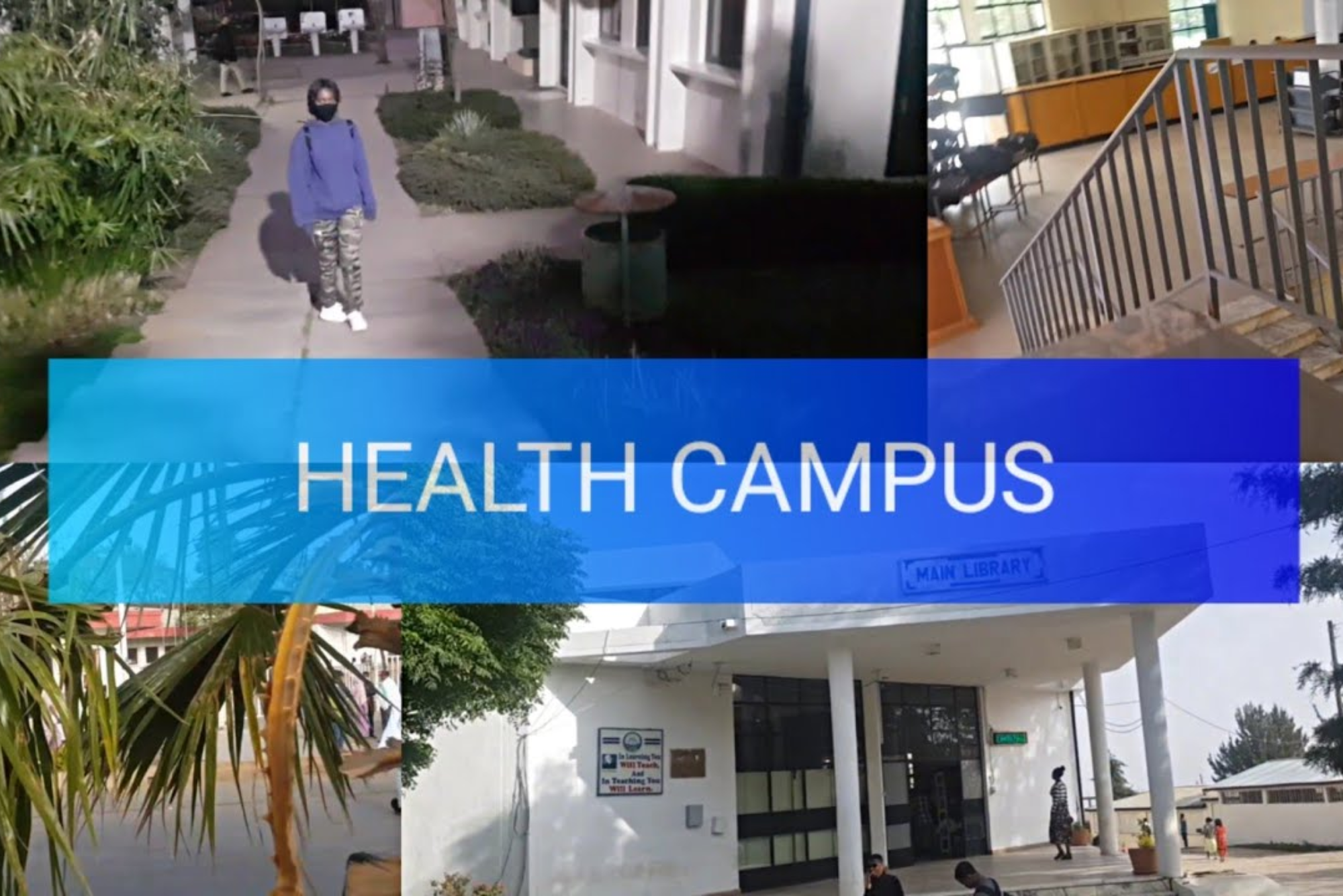In recent years, the role of campus health and safety organizations has gained significant attention, especially when it comes to the well-being of students, faculty, and staff on university campuses. These organizations play a critical role in maintaining not only physical safety but also mental health, providing support, guidance, and resources to ensure a safe and conducive environment for learning. One such source of information is the campus health and safety org nyt, which regularly covers issues related to campus safety, health, and wellness.
What Does Campus Health and Safety Entail?
Campus health and safety are multifaceted concepts that encompass a wide range of issues from physical security to mental health support, medical services, and emergency response strategies. Universities and colleges across the world have invested in establishing comprehensive safety measures to protect their community members from various threats.

Physical Safety and Security
One of the primary aspects of campus health and safety is ensuring physical security. This includes maintaining a safe campus environment free from potential hazards, including accidents, crimes, and natural disasters. Campus police, security patrols, surveillance systems, and emergency preparedness plans are all integral components of this effort. Many campuses also have security apps and hotlines that provide students with direct access to help in case of emergencies.
Mental Health and Wellness
In addition to physical safety, campus health and safety organizations are also focused on the mental health and wellness of students. Mental health services have become an essential part of the educational experience, with universities offering counseling services, mental health hotlines, peer support programs, and wellness workshops. The campus health and safety org nyt often highlights the importance of destigmatizing mental health issues and making resources accessible to students who may be struggling.
Health Services and Preventative Care
Comprehensive health services are another critical component of campus health and safety. These services typically include regular health check-ups, vaccinations, and urgent care facilities. Many campuses also offer health education programs, wellness screenings, and workshops that promote healthy living, stress management, and disease prevention. Campuses have increasingly recognized the importance of a holistic approach to health that includes both physical and mental well-being.
How Does the Campus Health and Safety Org NYT Contribute?
The campus health and safety org nyt plays an important role in providing valuable insights into the evolving landscape of campus safety. Through articles, reports, and in-depth features, the New York Times has been a key platform for educating the public about various issues affecting student health and safety. Some of the main contributions of the campus health and safety org nyt include:
Reporting on Health and Safety Incidents
The New York Times has covered numerous campus health and safety issues, from outbreaks of contagious diseases to incidents of campus violence and mental health crises. By reporting on these events, they inform the public and contribute to ongoing discussions about how to improve campus safety measures. Such coverage helps universities understand emerging trends and pressures them to improve their policies and practices.
Highlighting Public Policy and Legal Issues
Public policy and legal regulations surrounding campus health and safety are constantly evolving. The campus health and safety org nyt often reports on new laws, guidelines, or rulings that impact universities and colleges. Whether it’s new legislation regarding campus sexual assault or the introduction of mental health funding, the New York Times serves as an essential resource for keeping stakeholders informed.
Providing Data and Research
To further its mission, the campus health and safety org nyt relies heavily on data and research. The New York Times regularly features surveys, research studies, and statistical analyses that provide a deeper understanding of the issues affecting campus health and safety. These articles are crucial in shaping public perception and driving institutional change.
Table: Key Components of Campus Health and Safety
| Component | Description | Examples |
|---|---|---|
| Physical Safety | Ensures protection from harm and accidents on campus | Campus police, surveillance cameras, security patrols |
| Mental Health Support | Provides resources to manage stress and mental health issues | Counseling services, mental health workshops, peer support |
| Health Services | Offers medical care and preventative services for students and staff | Health centers, vaccinations, health education programs |
| Emergency Response Plans | Plans and procedures for handling campus emergencies | Mass notification systems, emergency drills, campus evacuation plans |
| Health Education | Promotes healthy living and disease prevention | Wellness programs, nutrition workshops, physical fitness activities |

Best Practices for Campus Health and Safety
Implementing best practices in campus health and safety is vital to creating a supportive environment for students. Below are some practices that universities are adopting to enhance safety on campuses.
Effective Emergency Response Plans
Having an effective emergency response plan is essential for handling any crisis that may arise on campus. These plans should outline procedures for responding to medical emergencies, natural disasters, fire evacuations, and lockdown situations. Many campuses now use modern technologies, including mass notification systems and mobile apps, to ensure that all members of the community are promptly informed during an emergency.
Promoting Mental Health Awareness
Encouraging students to seek help when they are facing mental health challenges is one of the most important steps universities can take. Creating a supportive atmosphere that normalizes mental health care can encourage more students to seek the assistance they need. Programs such as peer support groups, stress-relief activities, and easy access to counseling services can be incredibly beneficial.
Security and Crime Prevention Programs
Universities must work closely with local law enforcement to establish effective crime prevention programs. This may involve campus police departments, security patrols, emergency response teams, and student-led initiatives. Security cameras, lighting improvements, and ID card access systems are also critical in ensuring that everyone on campus is safe.
Health Education and Preventative Initiatives
Universities must also invest in preventive health measures to address common health concerns on campuses, such as the spread of infectious diseases, alcohol misuse, and poor nutrition. Educational campaigns that encourage healthy lifestyles, regular physical activity, and good nutrition can contribute significantly to the overall health of the student population.
Challenges Faced by Campus Health and Safety Organizations
While campuses are taking major steps toward improving health and safety, there are still numerous challenges that organizations face. These challenges include:
Budget Constraints
Health and safety initiatives often require substantial investment, and universities may struggle with budget constraints that limit their ability to implement comprehensive safety measures. This can affect the availability of mental health services, security staff, and infrastructure improvements.
Addressing Mental Health Crises
The increasing prevalence of mental health issues among students presents a significant challenge for campus health organizations. There is a growing demand for counseling and mental health services, but many universities are under-resourced in this area. Developing programs to address this growing need is critical.
Balancing Safety and Freedom
Ensuring campus safety while also maintaining the freedoms of students can be difficult. Many students are concerned about their personal privacy and freedom, especially when it comes to issues like surveillance and security measures. Campus health and safety organizations must find a balance between maintaining safety and respecting personal rights.
Conclusion
Campus health and safety organizations play an indispensable role in ensuring the well-being of students, staff, and faculty. Through a combination of physical security, mental health support, and preventive care, these organizations strive to create environments where learning can thrive. The campus health and safety org nyt has been instrumental in reporting on these important issues, providing the public with relevant information on how universities can improve their safety measures. As challenges continue to evolve, it is clear that the role of campus health and safety organizations will remain critical in fostering safer and healthier campus environments.






